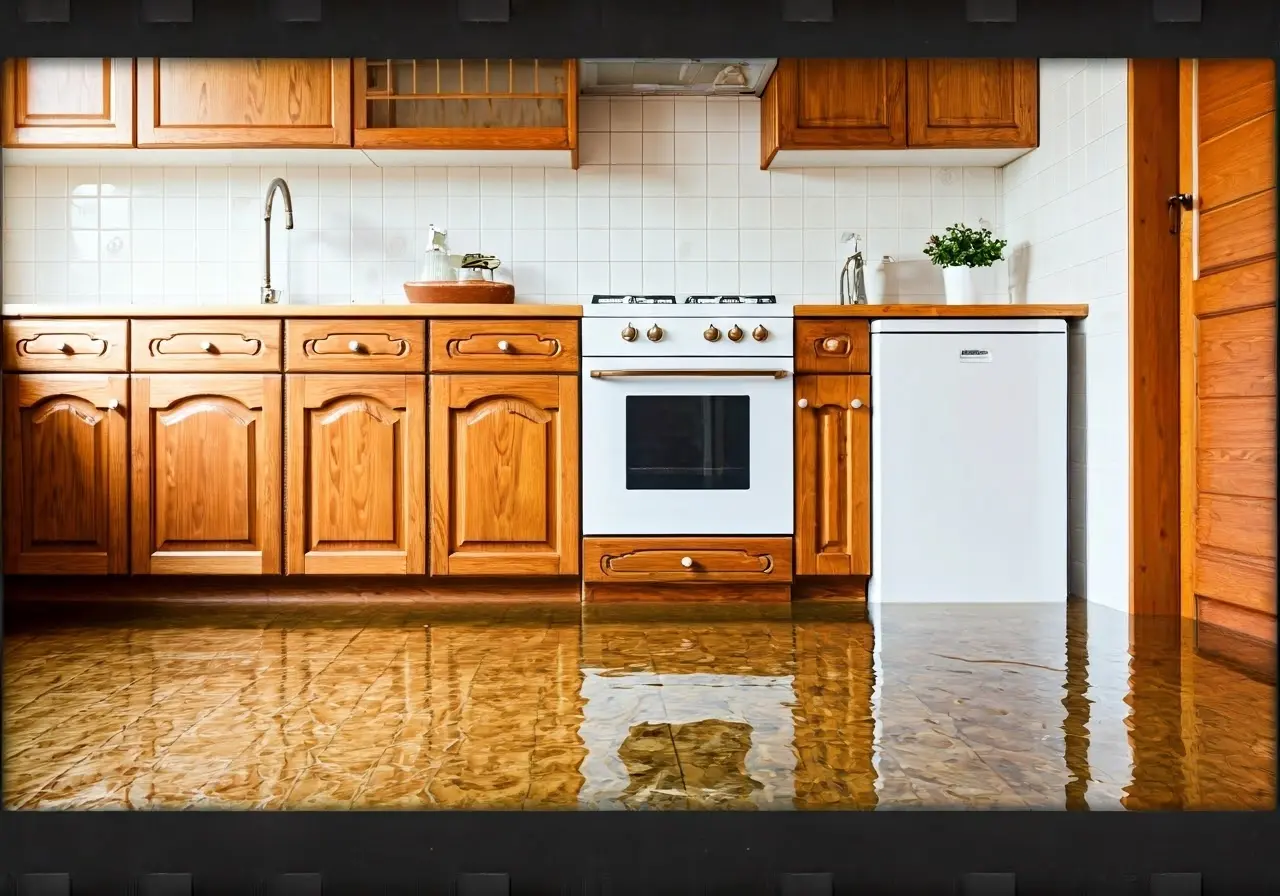Navigating Insurance Claims for Water Damage Restoration: A Simple Guide
Dealing with water damage in your home can be a stressful experience. Understanding how to navigate insurance claims for water damage restoration can alleviate some of the stress and ensure a smoother recovery process. This simple guide will help you comprehend the necessary steps and key considerations.
Understanding Your Insurance Policy
Before disaster strikes, be sure to familiarize yourself with your insurance policy. Know what types of water damage are covered, any exclusions, and the deductible you will need to pay. This knowledge is crucial for making informed decisions during the claims process.
Understanding your policy means fully knowing both the coverage and the limitations commonly associated with water damage claims. Policies vary significantly, and some only cover sudden, accidental water damage, while others may not cover damages resulting from ongoing maintenance issues or neglect, such as gradual seepage. Familiarizing yourself with these terms ensures you know what to expect when the unexpected happens.
The fine print in your policy isn't just legal jargon; it's the key to knowing your liabilities and protections. You might encounter terms like "Act of God" exclusions, which cover natural disasters but not gradual wear and tear. Moreover, some policies offer extra coverage options for sump pump failures or groundwater swelling, which aren’t typically included in standard plans. Taking a proactive approach in understanding your policy nuances can save significant hassle during the claim.
Documenting the Damage
Once the water damage has occurred, promptly document the extent of the harm. Take photographs and videos from different angles, write a detailed description, and list all affected areas and belongings. This documentation will be essential when filing your claim.
Effective documentation goes beyond mere visuals. It involves compiling evidence proving the scale and source of the damage. Start with a room-by-room inventory, noting the state of personal property and structural elements. This list should be detailed, covering everything from minor watermarks to catastrophic flooding damage.
Another important aspect of documentation is creating a comprehensive timeline. This includes detailing when you first noticed the damage, interim preventive measures you took, and all dealings with your insurance company, including the contacts made and discussions held. Keeping this log current is pivotal; it helps strengthen your claim by providing a step-by-step account of the incident.
Notifying Your Insurance Company
Contact your insurance company as soon as possible to report the water damage. Most insurers have a specific timeframe for claims, so acting swiftly can make a difference in your case being approved. Provide all necessary documentation and follow their instructions carefully.
Prompt notification is vital in insurance claims, and insurers often require you to inform them of any incident within a short period. By notifying your insurer promptly after the damage occurs, you trigger a predefined process that includes inspections and assessments by the insurance company, facilitating faster resolution.
Prepare a precise, written report to relay to your adjuster, highlighting the damage extent and providing evidence to support your case. If you happen to update or amend any details, ensure these are also communicated to avoid discrepancies. This clear communication can help prevent misunderstandings and streamline the entire claims process.
Working with Adjusters
Insurance adjusters will assess the damage to determine the compensation you are eligible for. Facilitate their visit and provide them with all documentation. Be honest and detailed in your communication to ensure a fair assessment of your situation.
Your collaboration with the adjuster involves more than just a site inspection. Be prepared to offer any supplementary material, including receipts or invoices for affected items. This not only helps demonstrate ownership and value but also substantiates your claim for reimbursement. Constructive cooperation is key to maximizing payout relief in water damage cases, ensuring all areas are taken into account.
To potentially increase your claim settlement, consider having an independent contractor provide an estimate before the adjuster's visit. This can offer a different perspective, ensuring you aren’t lowballed by an initial assessment. A second opinion showcases diligence and can sometimes turn the negotiation in your favor.
Choosing a Restoration Company
Once your claim is processed, you will need to select a restoration company. Select a reputable and experienced provider specializing in water damage restoration. Your insurer may have preferred partners, but do your own research to ensure you choose a reliable company.
A trusted restoration partner is essential in navigating the aftermath of water damage, preventing long-term structural issues and ensuring a thorough resolution to any potential secondary impacts such as mold. Verify credentials, read reviews, and if possible, interview past clients to gauge satisfaction and effectiveness.
Remember, while cost is an important factor, the expertise of the company, responsiveness, and use of modern restoration techniques should weigh heavily in your decision. Opt for professionals who not only address immediate aesthetic repairs but also conduct thorough moisture and damage assessments and offer comprehensive restoration plans to fully restore your property’s integrity.
Restoring Peace of Mind Through Informed Action
Navigating an insurance claim for water damage restoration doesn't have to be overwhelming. By understanding the process and collaborating effectively with your insurer and restoration professionals, you can ensure a timely and satisfactory resolution. With the right knowledge and preparation, you can restore your home and peace of mind.
Eastern Restoration & Disaster is here every step of the process, don't hesitate to contact us today.


